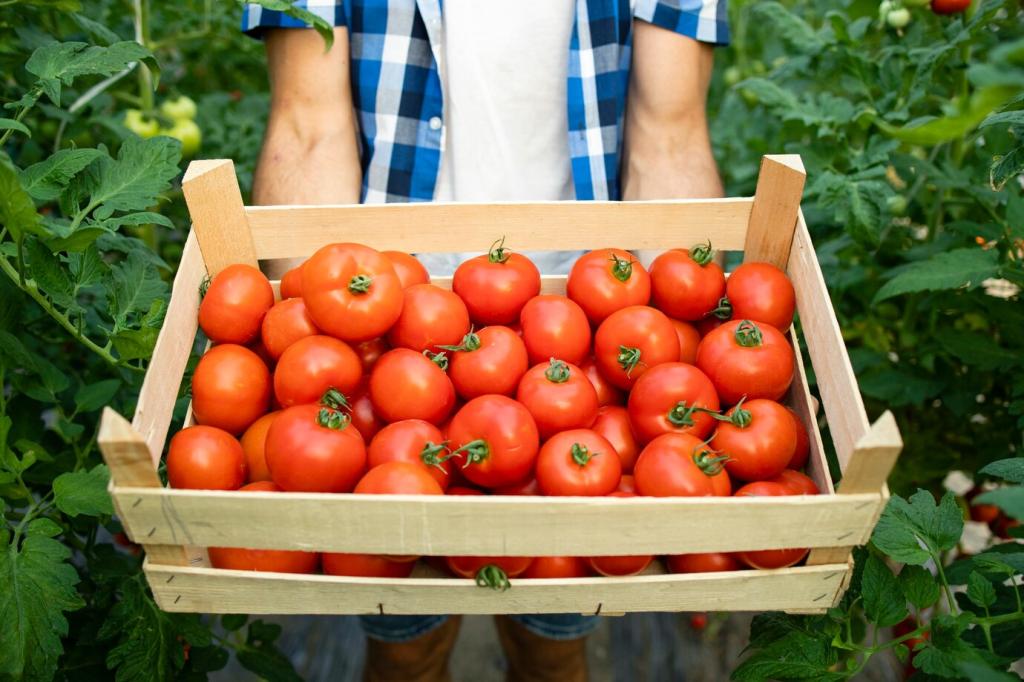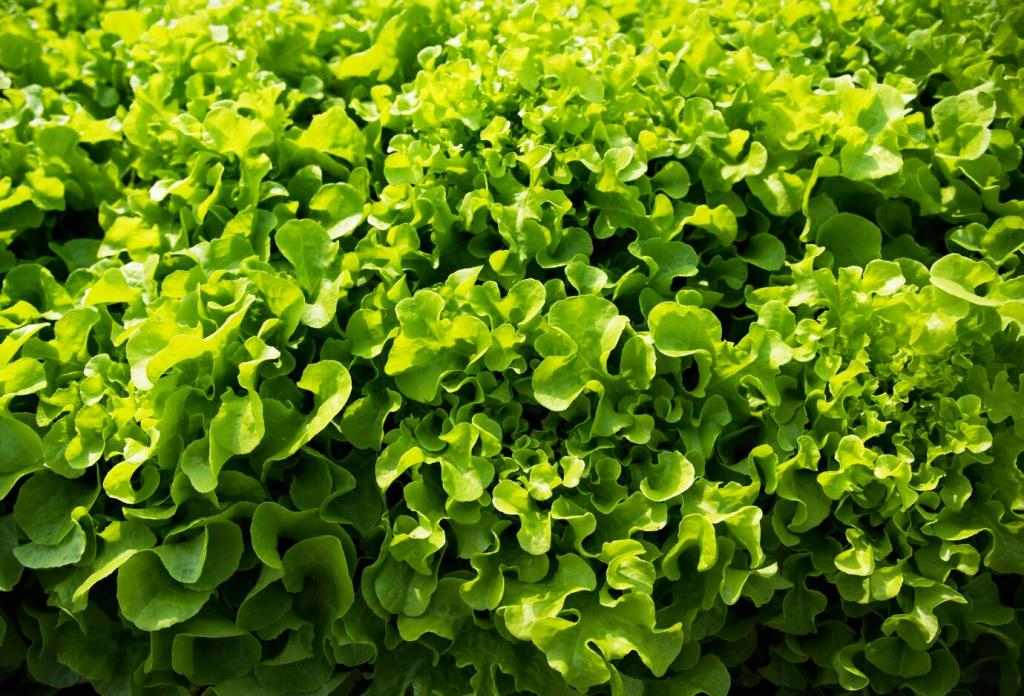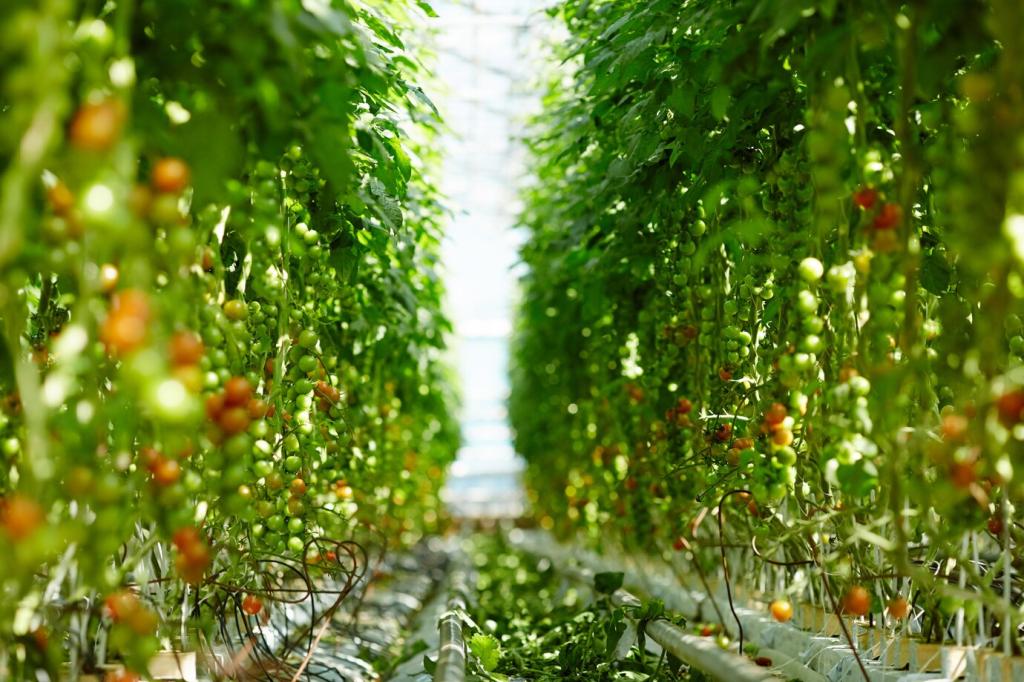Cultural Practices that Tilt the Field Your Way
Shift planting dates and crop families to disrupt weed timing. A winter cover followed by a later-planted warm-season crop can starve early germinators. Which sequence has lowered your worst species, and how long did it take to see consistent results across blocks?
Cultural Practices that Tilt the Field Your Way
Choose vigorous varieties, tighten in-row spacing where feasible, and fertilize for quick early growth. Shade is the most honest weed suppressant. Have you compared row spacing in beans or brassicas for weed outcomes? Report your canopy days and differences in hand labor.









